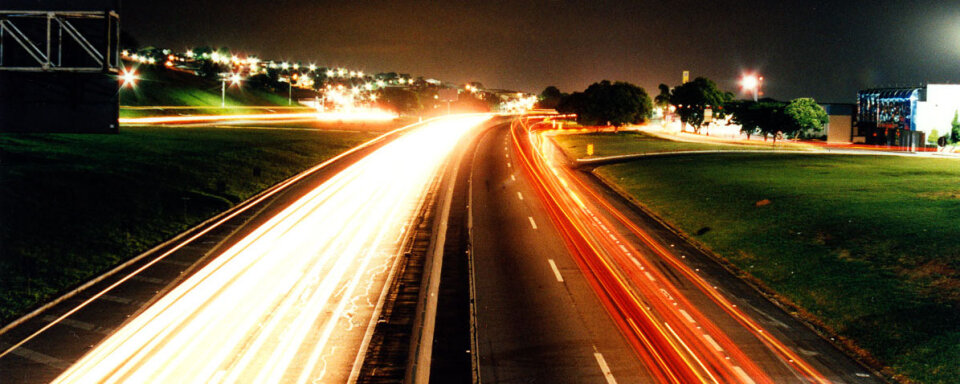If half of all cars on the road drive 60 miles per hours, and the other half drive 70, then then each driver will encounter one of two scenarios:
- Wow! Pretty much everyone else is driving 10mph faster than me. I keep getting passed!
- Blorg! Why does everyone drive so slow? I’m driving 10mph faster than everyone else!
Since the slow drivers travel at the same speed as one another, they don’t experience any of the other slow drivers, except for those within their immediate sight.
Similarly, the fast drivers don’t experience any of the other fast drivers, except the ones within sight.
While in many situations sampling bias tends to favor selecting those who are most similar to ourselves (people who work the same jobs, live in the same city, visit the same websites, come from the same family, etc.), when driving a car it’s the opposite. We are more likely to notice those who are more different from us. You’ll encounter drivers who have a speed difference from you of 20 mph four times as often as those who have a speed difference of just 5 mph, assuming there are the same number of each out on the road. I think there is an analogue to other domains as well. When we encounter people who are like us, we don’t notice the similarities as much, because it’s what we expect. More attention gets paid to the differences, potentially causing us to oversample more extreme positions.
Have you noticed any situations where you unintentionally oversampled from parts of the population that were different from you when trying to think about the population as a whole?
